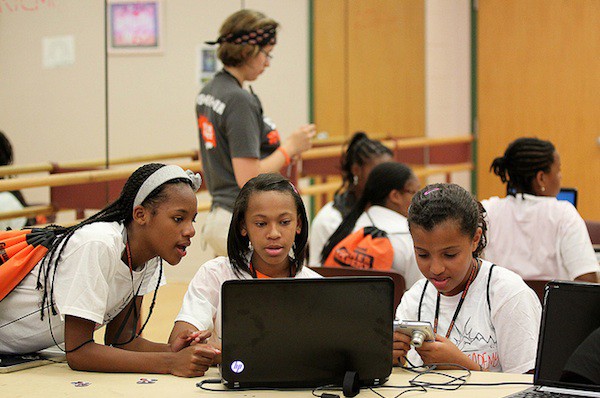How should we understand the part played by code in digital media and learning? We are accustomed to arguments that digital media are affecting our existing practices of reading, looking, seeing and hearing, yet relatively little is said of how the underlying code and algorithmic architectures of software actually exert those effects. The work done by code and algorithmic architectures in remediating learning through digital technologies, however, should be treated extremely seriously. Code increasingly affects our notions of agency (who does what), and sociality (how we form attachments and collective belonging). Code is woven into the substrate of contemporary society, as a layer of our perceptions, sensations and transactions, and it crystallizes new social formations, publics and groups. Code is both hidden yet insistent, and for that reason the way it is interwoven with learning through digital media is a crucial contemporary concern for us all.
Coded Worlds
We live in worlds increasingly interwoven with code. Code puts into operation the apps and communication channels we increasingly depend on in everyday life; it twitters away insistently in our pockets in our portable devices; it channels the personal data, interests, and relationships that we include in our social network profiles; and it aggregates us into vast database architectures, powered by database management techniques, as a million little informational bits, in order to offer us new services, recommendations, and experiences. Without really thinking about it, we are spending vast amounts of our time doing stuff with code.
